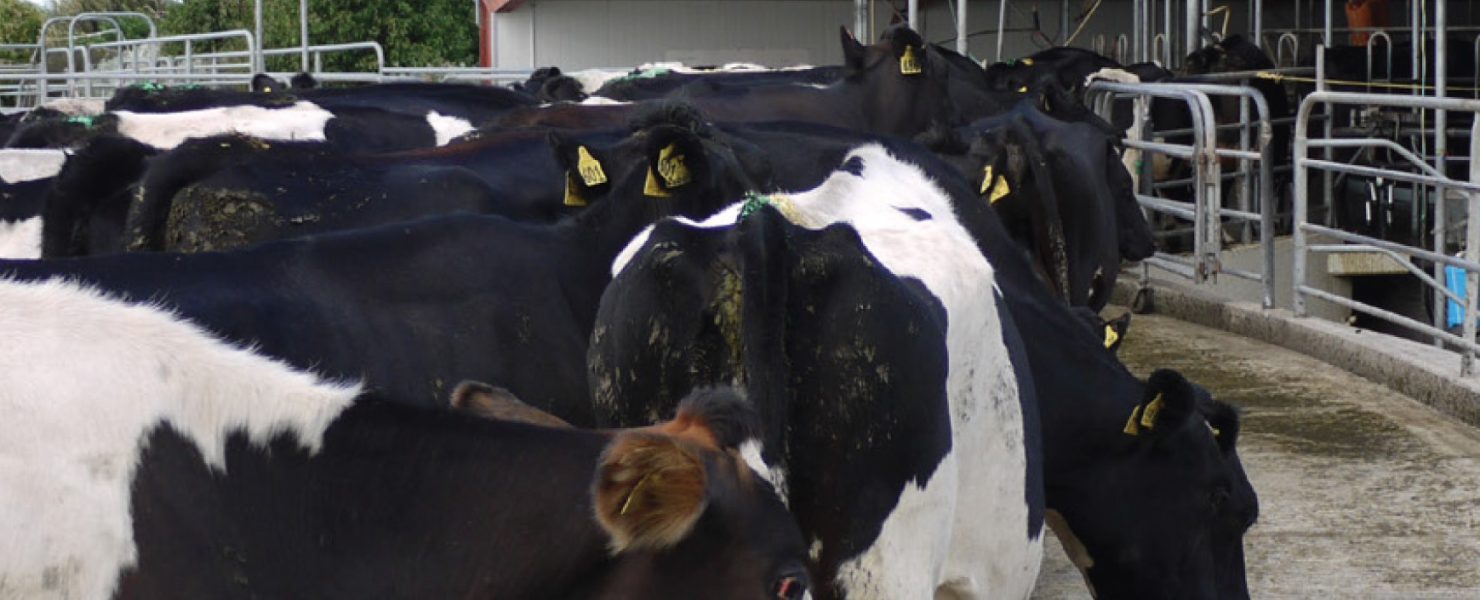
Depending on where you are nuisance flies can be a real pain on farms over the summer and autumn months. The offending fly is Stomoxys calcitrans – also known as the stable fly. It is similar in appearance and size to the common house fly, but has mouthparts adapted to pierce through skin so it can feed on blood. You can see the bites on a cow’s udder if you look closely.
This biting causes cows to become irritable. They mob up in paddocks, resulting in heat stress, damaged paddocks and reduced feed intake. Milk production suffers as a consequence. They also follow the cows into the shed resulting in fidgety cows, tail swishing, and cups being kicked off, causing irritation and frustration to the people working in the shed!
In New Zealand, we do not have the more serious diseases which can be transmitted by these flies overseas, but skin infections such as ringworm and rain scald may occur more readily in areas where flies are a problem.
Quantification of the economic impact of biting flies under NZ’s pasture-based dairy system has not been done, as peak fly numbers tend to coincide with the tail end of lactation, droughts, facial eczema season, and rising bulk tank cell counts, thus making evaluation of the true cost of fly nuisance very difficult. The visible benefits of fly control, however, such as less kicking and irritation from cows during milking, relaxed grazing behaviour in the paddock and better working conditions for staff, are obvious.
Nuisance fly control is best achieved when management measures are put in place early in the season. By starting early you can knock out the establishing generations which multiply exponentially as the season progresses i.e. after five generations a single female will have generated a further one million female flies, and each generation is about 20-25 days!
This means starting with control measures before Christmas. Once a fly population is well established it is harder to knock it back due to the sheer numbers involved, and treatments may appear less effective as a result. If we can kill flies in the first or second generation, we will have a significant impact on total numbers which develop by the end of the season.
Management measures should include spraying with insecticides around fly breeding grounds, topical treatments applied regularly to stock, and fly traps around the shed.
Eggs are laid in areas with rotting organic matter. On the dairy farm these are areas such as the edge of silage pits, waste feed and bedding piles, offal holes and areas with a build-up of old manure/effluent.
Stock treatment is best achieved with a synthetic pyrethroid pour-on such as Blaze. This is cheap on a per-cow basis and will rapidly provide a return on investment if cows are able to be kept comfortable and maintain their feed intake. Treatments can last up to four weeks per application depending on other management measures in place. While there is no milk WHP, be aware of the significant meat WHP of 28 days for Blaze, and make sure you know who your cull cows are and when they are likely to be leaving the farm.
Other products such as PYthon ear tags or Ripcord can also provide some protection.
In the shed, misting systems such as Cool Cow are great for keeping the flies out. As a bonus, it also keeps the cows and workers cool and comfortable in the shed during those warmer months.